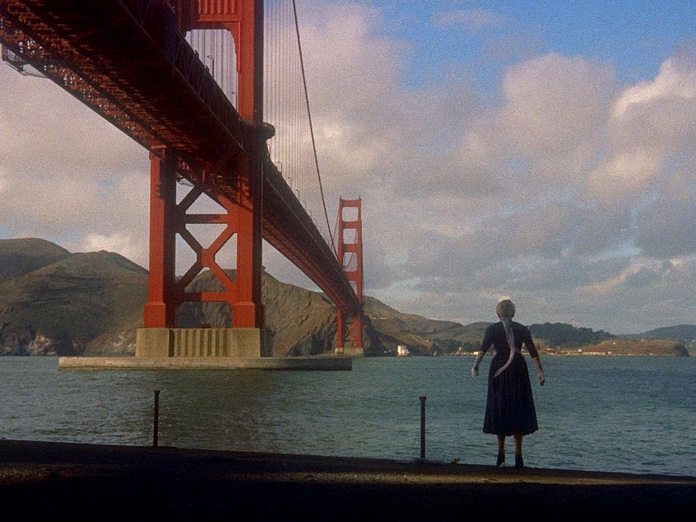Week 26/2025
We start the week with a screening of Alfred Hitchcock’s Vertigo (1958) at NW Aalst as part of a focus programme on Belgian filmmaker Johan Grimonprez. His film Double Take casts Hitchcock as a paranoid history professor, unwittingly caught in a Cold War-era meditation on doubles, surveillance, and media-fuelled anxiety. Vertigo, one of Hitchcock’s most iconic films, follows retired detective Scottie Ferguson as he struggles with acrophobia and his obsession with tailing a mysterious woman through 1950s San Francisco. What begins as a case of routine surveillance gradually spirals into a haunting study of identity, illusion, and male desire.
On Thursday, De Cinema presents The Hour of Liberation (1974) by Lebanese filmmaker Heiny Srour. The film documents the Dhofar Liberation Movement in Oman, offering a rare and urgent portrait of a Marxist, feminist revolution in the Arab world. Shot under extreme conditions, Srour’s work foregrounds the voices of female fighters and imagines a radically egalitarian future. In her own words: “Our enemy is any cinema that turns its back on historical emergencies, taking refuge in a mythical past through a contemplative approach that is nothing but a flight from the present.”
Finally, on Sunday, CINEMATEK screens the seldom-shown Sehnsucht (2006) by German filmmaker Valeska Grisebach. This understated second feature follows a locksmith torn between his quiet marriage and a fleeting affair. As in her other films, fiction serves primarily as a framework for closely observing people – their faces, gestures, and presence – rather than driving the plot. The screening is part of a carte blanche selection by Mexican director Carlos Reygadas, whose own films were featured earlier this month at CINEMATEK following his visit to Cinema RITCS. Grisebach discusses her film in this 2019 Sabzian interview, recorded during a visit to Belgium.




